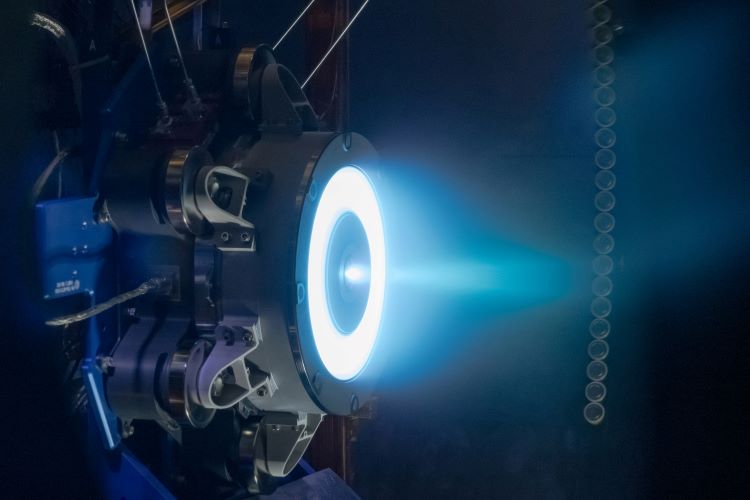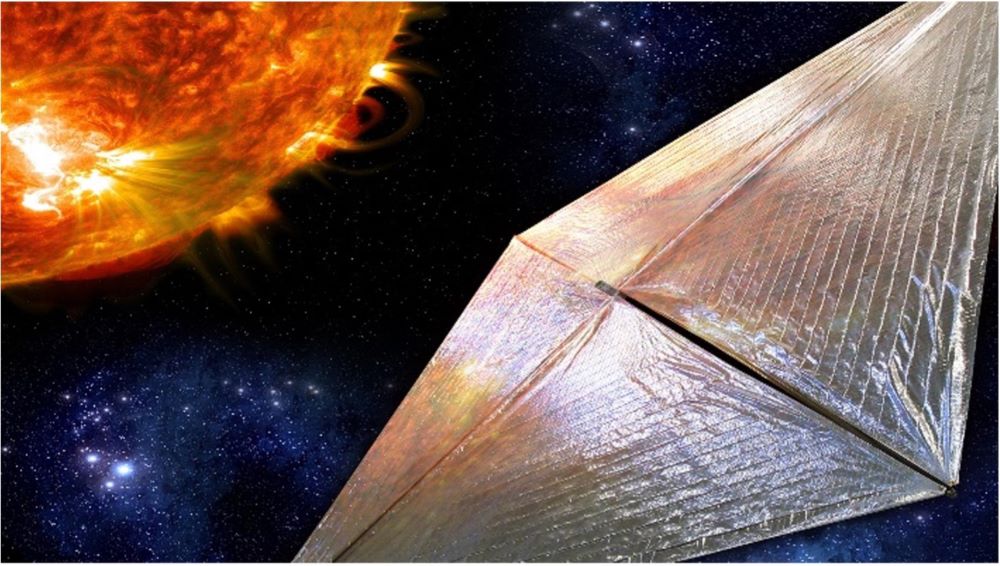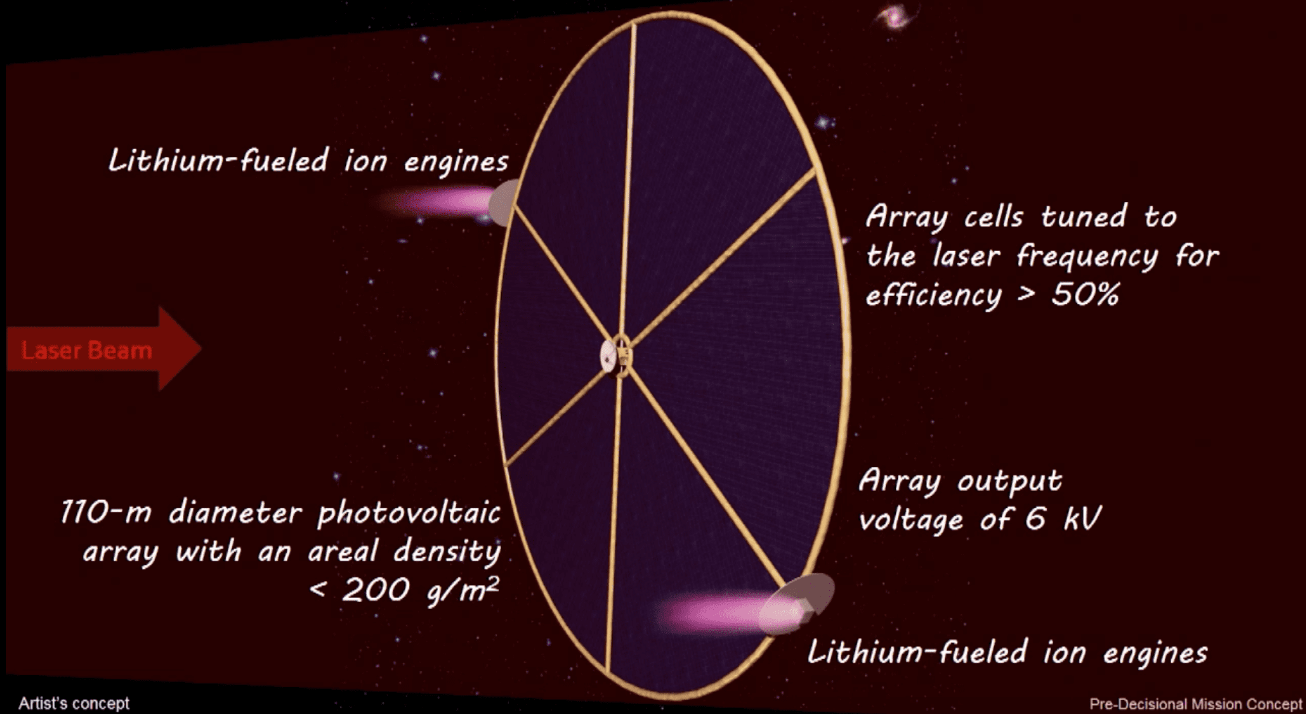NASA and aerospace company, Aerojet Rocketdyne, have successfully completed qualification testing of the Advanced Electric Propulsion System (AEPS), which is a 12-kilowatt, solar electric propulsion (SEP) engine being built for use for long-term space missions to the Moon and beyond, and AEPS is being touted as the most powerful electric propulsion—also called ion propulsion—thruster currently being manufactured. For context, 12 kilowatts are enough to power more than 1,330 LED light bulbs, and the success of these qualification tests come after NASA announced the beginning of qualification testing in July.
Continue reading “The Most Powerful Ion Engine Ever Built Passes the Test”The Most Powerful Ion Engine Ever Built Passes the Test



